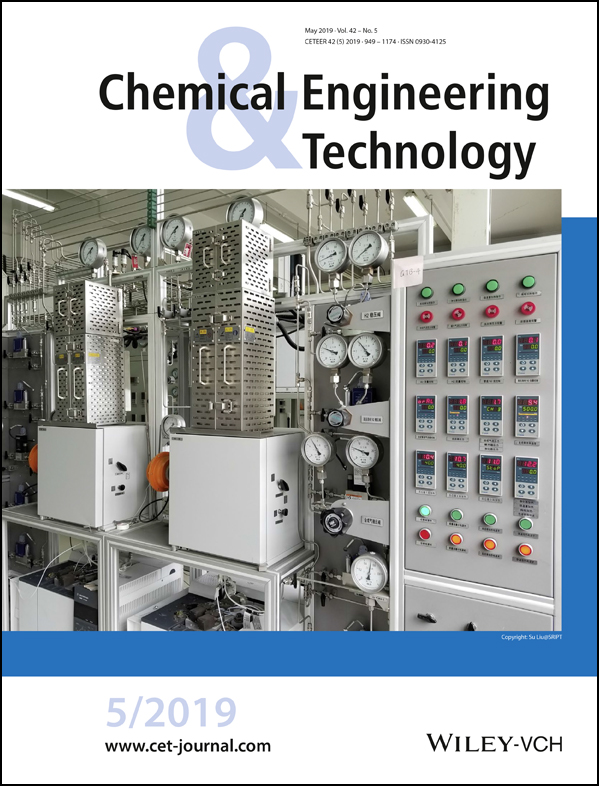Adsorbent Regeneration by Non-thermal Plasma for Elimination of Odorous Compounds from Indoor Air
Abstract
The non-thermal plasma (NTP) technique was shown to be a method to improve indoor air quality. In particular in kitchens, odorous emissions can be removed by NTP. A combined concept of adsorption of volatile organic compounds (VOCs) and plasma regeneration of the adsorber was tested in adsorption-regeneration-adsorption cycles. As reference VOCs, 2-methylthiophene, 2-methylpyrazine, 2-acetylthiazole, nonanal, and trans-2-nonenal were selected in humid air streams. These odorous compounds are emitted during cooking and frying processes. The adsorption-regeneration concept was also tested during a simulated frying process with garlic in rape oil. A hydrophobic zeolite was chosen as adsorber material and placed directly into the discharge zone of a plasma reactor.




